The 34th Dresden Packaging Conference offered its more than 200 participants a December 2024 with a full programme, a prime minister, product and technology premieres and plenty of dialogue and discussion along the value chain. The focus was on the topics of reusable packaging, AI in sorting, and innovation and strategy. Among the tidbits were the results of a comparative life cycle assessment study on chocolate packaging.
The “industry class meeting“ kicked off with Laura Griestop from WWF Germany, who emphasised the ‘need for better handling of the high performance material plastic’ and highlighted the reusable situation at global, European and national level.
Four solutions then showed how reusables can be implemented in practice: Barbara Möbius (Tchibo) presented an initiative for standardised B2C reusable shipping packaging. Sarah Rollinger (Cartonplast) focussed on the topic of reusable transport packaging. Davide Mazzanti (sykell) explained how reusable cycles can be organised efficiently. Veronika Pfender (dotch) presented a reusable glass-as-a-service solution
In his welcome address, Michael Kretschmer, Minister President of the Free State of Saxony, emphasised the importance of economic success as the basis for environmental innovations. He praised the innovative strength of the industry and called for the creation of economic framework conditions that enable progress and competitiveness.
Ten short presentations from the K3I-Cycling innovation lab highlighted technological approaches to the circular economy, from recyclate and AI-based systems for recognising impurities to the ecological assessment of packaging. Marcus Stein (watttron) and Dr Thomas Gröner then discussed the challenges of PPWR for flexible packaging and showed how “digital heating“ enables the use of mono-material.
Start-ups then presented the latest solutions, ranging from AI-supported injection moulding (Osphim), bio-based coatings (Wax Solution) and ecological packaging material made from grain husks (Proservation) to hydrogen production from waste (Green Hydrogen Technology).
Robert Hueber (Herrmann Ultraschall) explained how ultrasonic sealing technology saves packaging material and makes processes more efficient. Lena Lembach (Müller Service GmbH) and Dr Frank Eisenträger (INEOS Styrolution) presented polystyrene recyclate as a sustainable solution for dairy packaging. Arno Melchior (Reckitt) explained what happens when packaging materials are replaced without giving sufficient thought to the effects.
Helena Bomholt, Sustainability Manager at Dirk Rossmann GmbH, presented a tidbit on concrete approaches to developing sustainable packaging. The result of a comparative life cycle assessment of different chocolate packaging by the ifeu Institute, which compared primary packaging made of paper with five per cent plastic content and primary packaging made of PP film, was also exciting. As a result, the PP film performs significantly worse in the environmental impact category “climate change“, but better in all other categories. The bottom line is that none of the variants has a clear ecological advantage.
Jonas Boland (Packmatic) concluded with digital solutions for the challenges of material changes, regulatory compliance and packaging management. A smart matching platform and digital tools can be used to achieve significant cost and time savings as well as full transparency and compliance.


